Modern engines need a constant, high pressure supply of fuel to perform properly when under load. Sometimes it will be necessary to check the fuel pressure, but how do you do this if you don’t have access to a fuel pressure gauge?
The best way to measure fuel pressure without a gauge is to use an OBD II diagnostic scanner tool. This will give you real-time engine fuel pressure readings, directly from the fuel pressure sensor.
The safest method of checking the fuel system on a vehicle these days is by using an OBD diagnostic scanner. The fuel pressure at the injectors can be up to 2000 bar (that’s 29,000 PSI !) on diesel engines.
Disconnecting fuel pipes or hoses can be dangerous and can cause engine damage. It’s much safer to hook up an OBD scanner to start investigating any problems with fuel pressure
Why would you want to Check fuel pressure without a gauge?
Many older fuel injected engines came with a Schrader valve built in to the fuel injection rail. This provided a convenient way of hooking up a fuel pressure gauge to the engine for measuring fuel pressure.
Schrader valves are no longer fitted to most engines, probably because engines operate at a much higher pressure these days and a valve would introduce an unnecessary weakness in the fuel rail.
Fortunately vehicles these days are fitted with fuel pressure sensors that continuously monitor the fuel pressure across the fuel injectors. This allows the ECU to maintain a constant fuel pressure whether the engine is idling or under load by tweaking the fuel delivery rate.
How to check fuel pressure without a gauge – In 4 Easy Steps
The easiest way to check the fuel pressure in your car without a pressure gauge is by using a diagnostic code reader. Any type of code reader should do the job, fuel system error codes are common to all vehicles that support OBD.
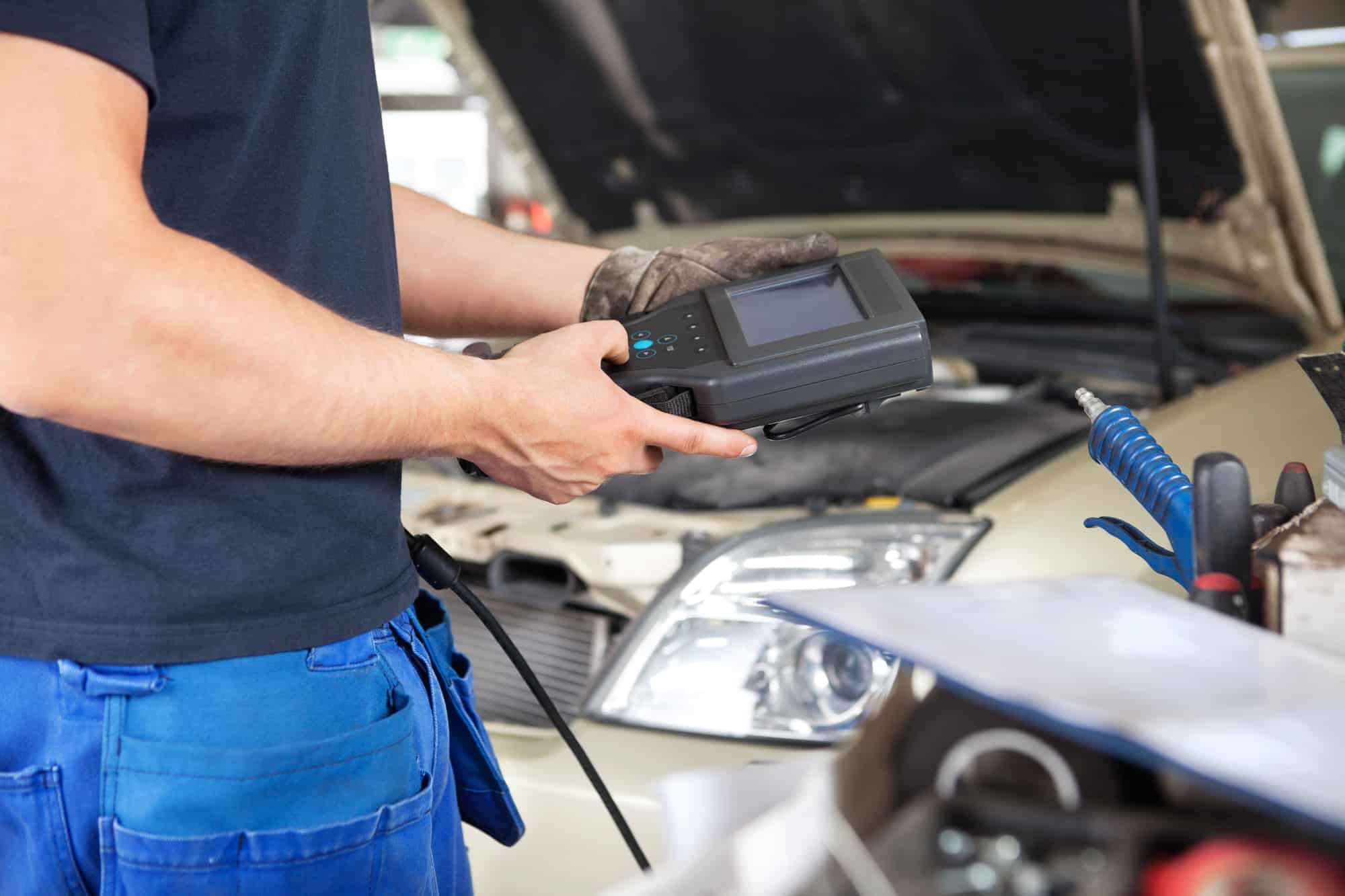
A diagnostic code reader can be used to check fuel pressure
Step 1 – Warm up the engine (if possible)
If your car engine will start, take your vehicle for a short 10 minute drive to warm up the engine. Cold engines use more fuel and this can affect fuel pressure readings if there is a problem.
Step 2 – Connect up your diagnostic OBD-II scanner to your vehicle.
There are lots of different types of scanners on the market, so it would be impossible for me to describe exactly how to use each one.
If it is a wired scanner, locate the OBD-II socket on you vehicle and plug in the scanner before starting the engine. The socket is usually located under the dashboard and it may be covered by some plastic trim.
If you’ve got a wireless scanner that connects to an app on your smartphone of tablet, then you’ll need to plug in the wireless OBD-II device and connect to it using the app.
Step 3 – Check for stored OBD-II error codes
Before you dive into specific fuel parameter readings, you can save a lot of time by checking for stored error codes first.
If there is a problem with fuel delivery there may be an error code stored in the ECU memory. Here are some common OBD-II error codes that can be stored when there are problems with the fuel system.
|
OBD-II error code |
Error Code Definition |
Description of fuel error code |
|
P0203 |
Fuel pump primary circuit malfunction. |
Indicates an electrical problem with the fuel pump |
|
P0170 |
Fuel trim malfunction (bank 1) |
Fuel trim outside acceptable range has been detected |
|
P0171 |
System Too Lean (Bank 1) |
Too much air or not enough fuel |
|
P0191 |
Fuel Rail Pressure Sensor circuit/range performance |
Inconsistent fuel rail pressure readings |
|
P0172 |
System Too Rich (Bank 1) |
Too much fuel reaching the injectors |
Step 4 – Check the live fuel pressure data
If the stored error codes don’t show up any obvious problems, then the next step is to carry out an analysis of the fuel delivery system by measuring fuel pressure and fuel delivery rate.
To do this you’ll need an OBD-II code reader that can measure real-time engine data. Not all diagnostic readers can do this, so you’ll need to refer to the handbook for further details.
If your diagnostic reader supports real-time data, then connect it to the vehicle and enter engine DME diagnostic mode and take a reading of current engine parameters. When the reading is complete, choose the fuel delivery system (or similar) option.
This will allow you to monitor a number of different fuel system parameters such as fuel rail pressure, fuel injection timing readings for each cylinder, STFT (short-term fuel trim) and LTFT (long-term fuel trim).
The OBD scanner should also show you the fuel rail pressure set point. This is the optimum fuel pressure on the fuel rail when the engine is running, and you can use it to compare to the real time fuel pressure value.
To measure the actual fuel pressure when the engine is running select the option that most closely matches ‘actual (real-time) fuel pressure parameter’ from the menu.
The reader should now display the current fuel pressure. To see if this stays constant under load, try revving the engine to 1500 rpm and hold it there for a few seconds, then try 2500-3000 rpm.
If the actual fuel pressure is the same as the fuel pressure set point, this means that there is no issue with the overall pressure in the system, but there could still be a problem with the timing and amount of fuel being delivered to the injectors.
Here’s a video that explains how to read live engine data using a diagnostic code reader.
Related Questions: How to Check Fuel Pressure Without A Gauge?
1. What is the correct fuel pressure of an engine?
Modern fuel injection gasoline engines run with a fuel pressure of between 40 PSI and 70 PSI, depending on the engine type and size.
Common rail diesel engines can operate with fuel pressures of up to 2000 bar (29,000 PSI) at the injectors. Diesel engines will usually have a high pressure fuel pump fitted to increase the pressure of the fuel coming from the fuel tank pump. This helps to keep the fuel pressure at the fuel rail constant.
As an Amazon Associate we earn from qualifying purchases.



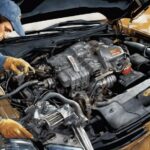
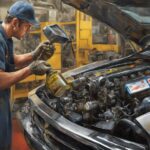


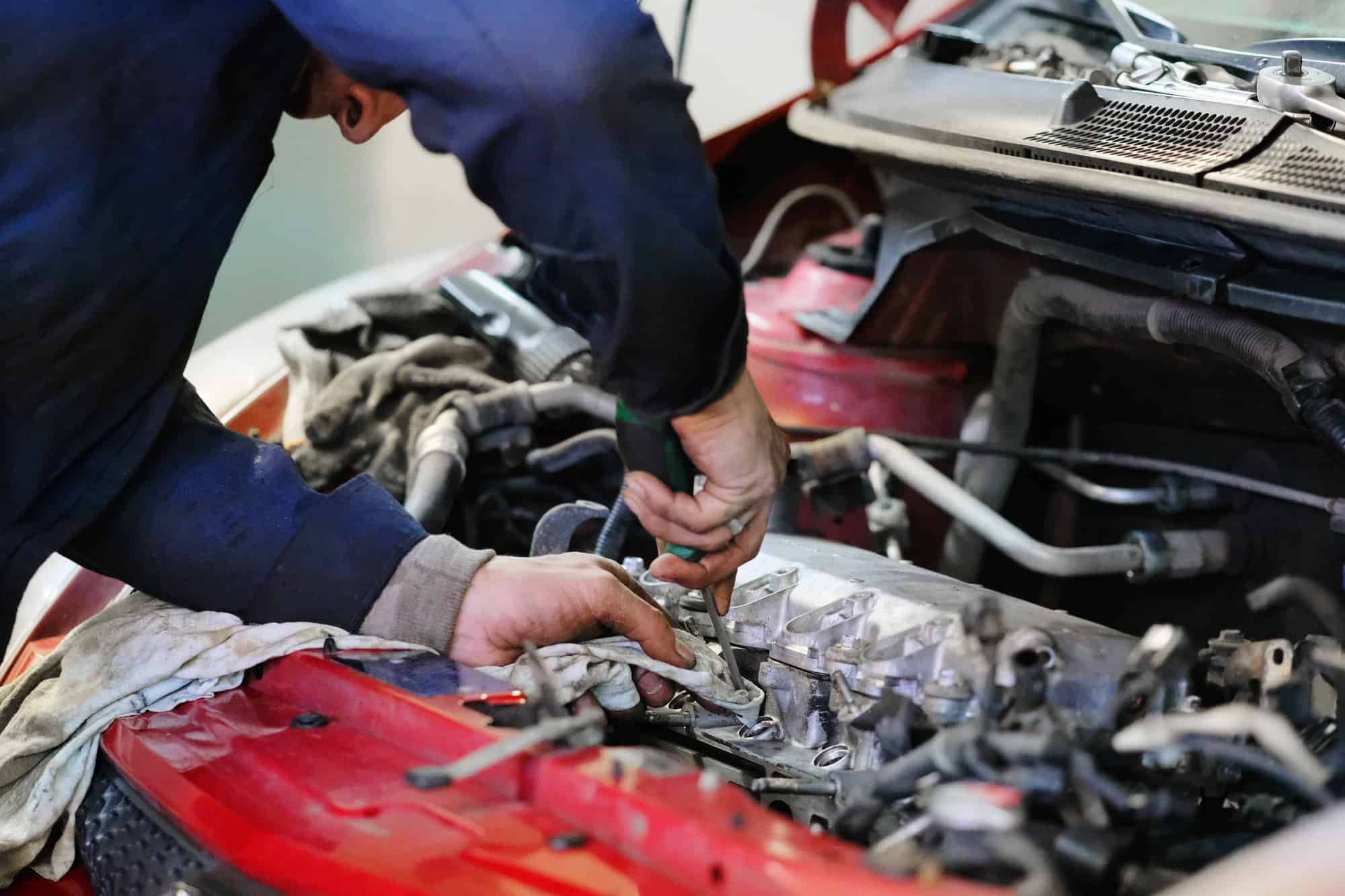
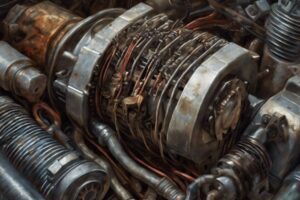
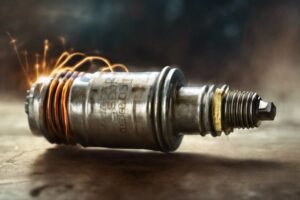
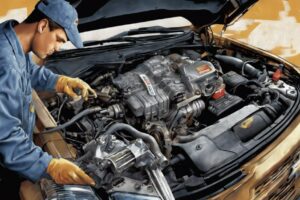
Could using a diagnostic scanner tool to measure fuel pressure inadvertently clear any stored error codes in my car’s ECU?
How can I determine if my vehicle’s OBD-II scanner supports real-time data analysis before I attempt to check the fuel pressure?